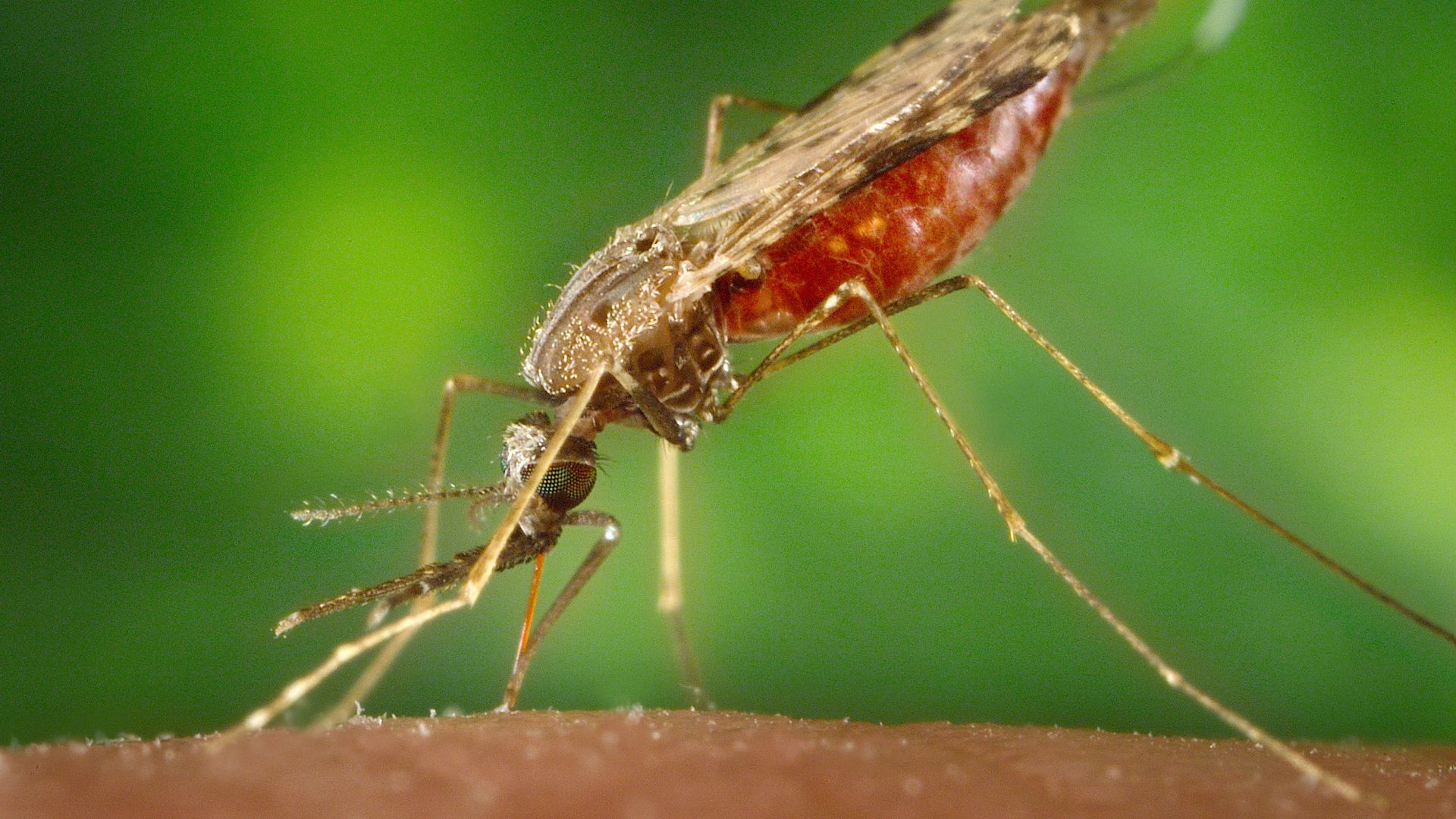Inexpensive new malaria vaccine is a 'vital tool' to protect tens of millions of people
The World Health Organization has recommended the use of a malaria vaccine called Matrix-M, which is anticipated to boost the vaccine supply.

The World Health Organization (WHO) has just recommended a second vaccine to prevent malaria in children, almost exactly two years after it recommended the world's first.
When given seasonally, the vaccine, called R21/Matrix-M or just Matrix-M, is as effective as the previously recommended vaccine, known as RTS,S or Mosquirix, Tedros Adhanom Ghebreyesus, the director-general of the WHO, said at a news conference on Monday (Oct. 2). In trials conducted in regions where malaria spread seasonally, three doses of Matrix-M cut the rate of symptomatic malaria in the following year by about 75%.
An additional, fourth dose of vaccine given a year after the third dose carries that protection into the next malaria season, Tedros said.
"As a malaria researcher, I used to dream of the day when we would have a safe and effective vaccine against malaria. Now, we have two," he said. "Demand for the RTS,S vaccine far exceeds supply, so the R21 vaccine is a vital additional tool to protect more children faster, and to bring us closer to our vision of a malaria-free world."
Related: Should we kill every mosquito on Earth?
GSK, the maker of the first malaria vaccine, can make 15 million doses a year, The Associated Press reported. That vaccine, called Mosquirix, is given in four doses. This newly-approved second vaccine, developed by Oxford University, is manufactured by The Serum Institute in India, which has said it can manufacture up to 200 million doses of the three-dose vaccine a year.
Matrix-M will cost between $2 and $4 US dollars a dose, Tedros said. The WHO will now have to give the vaccine a stamp of approval, called "prequalification," that will allow partners like UNICEF and the global vaccine alliance Gavi to buy the vaccines to distribute.
Sign up for the Live Science daily newsletter now
Get the world’s most fascinating discoveries delivered straight to your inbox.
"The RTS,S vaccine will be rolled out in some African countries early next year, and the R21 vaccine is expected to become available to countries by the middle of next year," Tedros said.
Malaria is caused by a mosquito-spread parasite, and the Matrix-M vaccine works by triggering an immune response against one stage of that parasite's life cycle, according to Gavi. It's at this stage, called the "sporozoite" stage, that the parasite exits a mosquito and enters the human body. Matrix-M contains part of a protein secreted by the sporozoites; part of a hepatitis B virus, which revs up the immune system; and an additional ingredient called an "adjuvant" that boosts the response even further.
Together with Mosquirix, Matrix-M is expected to reduce the rate of severe disease and death caused by malaria. But because these vaccines don't stop the transmission of malaria, they must still be paired with additional safeguards, like bed nets and insecticides, The Associated Press reported.
The shots alone cannot snuff out the disease.

Nicoletta Lanese is the health channel editor at Live Science and was previously a news editor and staff writer at the site. She holds a graduate certificate in science communication from UC Santa Cruz and degrees in neuroscience and dance from the University of Florida. Her work has appeared in The Scientist, Science News, the Mercury News, Mongabay and Stanford Medicine Magazine, among other outlets. Based in NYC, she also remains heavily involved in dance and performs in local choreographers' work.
Flu: Facts about seasonal influenza and bird flu
What is hantavirus? The rare but deadly respiratory illness spread by rodents










